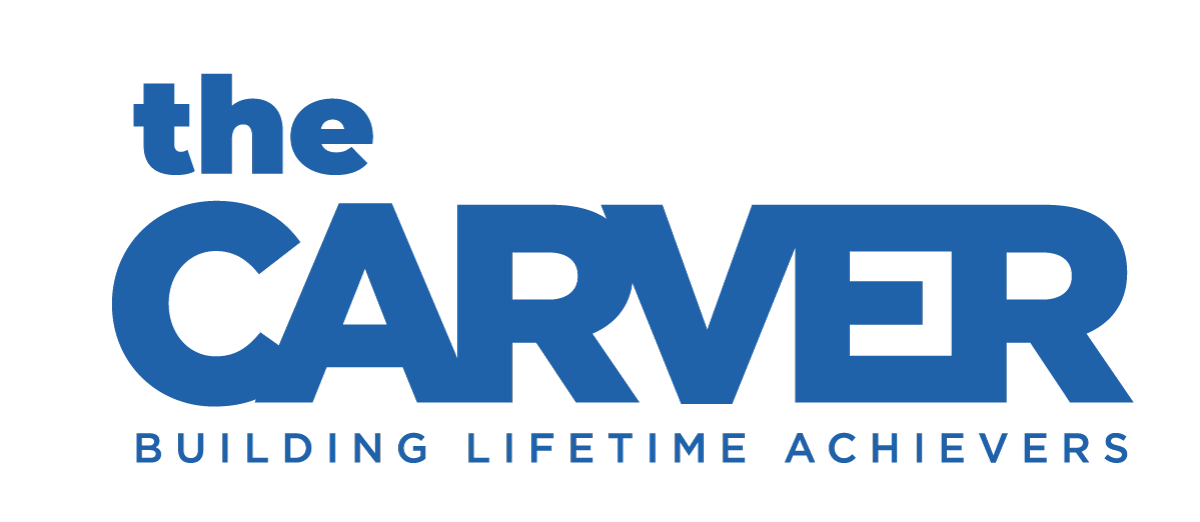We know of no school district more committed to Equity in Education than Norwalk Public Schools (NPS).
The work of creating the next NPS Strategic Plan involves a wide variety of stakeholders, including input from the district’s senior management team and school administrators, as well as teachers, staff, parents, students, community leaders, and funders.
Here is an update from Nancy on Norwalk.
To help guide the discussion and move the Strategic Plan forward, NPS Superintendent Dr. Alexandra Estrella convened a Strategic Plan Task Force. The group includes Carver CEO Novelette Peterkin, teachers, principals, administrators, and community leaders. See the other task force members here.
This planning is occurring just as funding from the American Rescue Plan (ARP) hits the city and school district coffers. High-quality education can make a significant difference in the lives of individuals and families.
NPS is in a unique position to help create a more equitable community. Our local efforts will be strengthened by the Biden-Harris Administration’s executive order on advancing racial equity through systemic and policy change.
The NPS cohesive approach to equity in education reflects student needs, parent voice, stakeholder input, differences in school populations, and attention to funding, high-quality teachers, student/teacher/staff ratios, and sound and well-maintained school buildings. These are not easy goals, but they are receiving the attention they deserve to ensure equitable access and resources for all children and families.
Before the COVID-19 pandemic, research shows educational inequities (nationally) for students of color (e.g., Black, Hispanic, American Indian and Alaska Native, Native Hawaiian and Pacific Islander, and particular Asian groups such as Burmese Americans), including overidentification in special education, exclusionary practices, lowered expectations, and a lack of access to instructional resources.
Other children and youth have also experienced serious and disproportionate disadvantages, including those who live in under-resourced homes and communities, those who have disabilities or specific health or behavioral/emotional needs, those from immigrant backgrounds, and those who are English learners. The pandemic has exacerbated inequities.
NPS and allies such as Carver will play a critical role in this process, as will other key stakeholders like parents and mental health providers. These groups not only have the knowledge and experience to reimagine an equitable and inclusive approach to education, but will also have access to fiscal resources—thanks to ARP funding—to turn this vision into reality and monitor outcomes. As education leaders debate how to allocate new resources, they should keep the following strategies in mind.
Focus on the whole child in the return to in-person learning
Students have faced isolation, loss, and trauma during the pandemic, all of which have impacted their home and school lives. Resources and plans to address these challenges vary across school districts, and many are ill-equipped to do so. For instance, prior to the pandemic, research found that 60 percent of schools lacked mental health services, and that mental health services for children of color were less accessible and of lower quality than services available to non-Latino White students. Additionally, school staff who may be best equipped to address students’ emotional and health issues (i.e., social workers, counselors, psychologists, and nurses) are in short supply, have high caseloads, and often serve multiple schools.
Incorporate parent voices into school decision making
Parents have played multiple roles during the COVID-19 pandemic and are most aware of their children’s academic, social, emotional, mental, and physical strengths and needs. NPS and Carver solicit feedback from parents on a regular and ongoing basis. Importantly, data collection tools like parent surveys—often analyzed to indicate average preferences—may not meet the unique needs of all students, such as those who have faced economic hardships or significant family loss, or those who have disabilities or special health or other care needs.
Involve varied stakeholders in planning
NPS and Carver are listening to parents while also engaging with students, teachers, staff, and other stakeholders when developing plans for the 2021-2022 school year. Students, in particular, can offer solutions to strengthen their own educational experiences. Norwalk is using virtual town halls, social media, focus groups, and targeted surveys to solicit feedback from students themselves, child and youth-serving organizations, local governments, mental health providers, and other stakeholders. NPS is engaging the community in collaborative and inclusive planning that will be better able to develop equitable plans that respond to the disparate ways in which students, families, and neighborhoods have been impacted by the pandemic.




